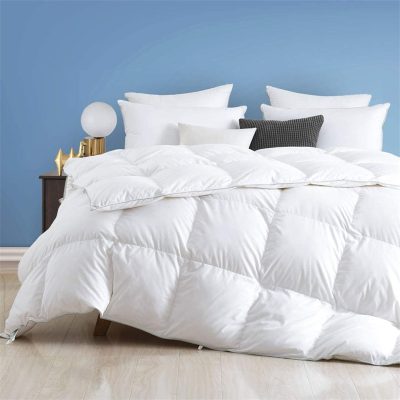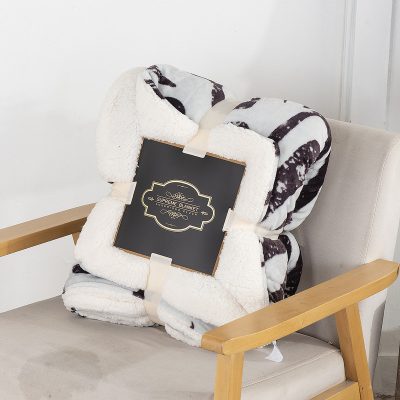In minimalist design philosophy, the principle of “less is more” is central. This concept emphasizes simplicity, functionality, and the elimination of unnecessary elements to create a clean and uncluttered living space. While cushions can add comfort and aesthetic appeal to a minimalist interior, their use should be deliberate and in line with the minimalist principles. Here’s how to incorporate cushions effectively in a minimalist design:
- Select Simple and Neutral Colors: Stick to a neutral color palette for your cushions. White, gray, beige, and muted tones work well in minimalist spaces. These colors create a serene and unobtrusive backdrop.
- Minimalist Cushion Designs: Opt for cushions with minimalist designs or solid colors. Avoid overly decorative or busy patterns. Simple geometric shapes, stripes, or subtle textures can be more aligned with minimalist aesthetics.
- Limit the Number of Cushions: In line with the “less is more” principle, keep the number of cushions to a minimum. A couple of well-placed cushions on a sofa or bed can create a comfortable and visually pleasing effect without overwhelming the space.
- Quality Over Quantity: Invest in high-quality cushions made from durable materials. Quality cushions can make a difference in comfort and aesthetics. Look for cushions with clean lines and well-defined edges.
- Consider Functional Cushions: In a minimalist home, cushions can serve a dual purpose. Choose cushions that also function as backrests or additional seating when needed. This multi-functionality aligns with minimalist ideals of practicality and efficiency.
- Keep Cushions Tidy: Maintain a clutter-free appearance by arranging cushions neatly. Avoid a haphazard arrangement; instead, place them symmetrically or in an intentional manner. This contributes to the overall sense of order and simplicity.
- Empty Space: Embrace the concept of “negative space” or empty space in your design. Leave some areas of your seating or bed without cushions to create a sense of openness and tranquility.
- Texture and Materials: While keeping it minimal, you can introduce subtle texture through cushion materials. Consider materials like linen, cotton, or wool for a touch of tactile richness without compromising simplicity.
- Cushion Placement: Pay attention to where you place cushions. They can be used strategically to highlight specific areas or features of your minimalist space. For instance, a cushion on a sleek, minimalist bench can draw attention to that area.
- Symmetry and Balance: Maintain a sense of balance and symmetry in your cushion placement. This contributes to the clean and harmonious look associated with minimalism.
- Personalization with Purpose: If you want to inject a touch of personalization, select cushions that hold personal meaning or significance. However, ensure they align with the overall minimalist aesthetic and don’t disrupt the simplicity of the space.
Remember that minimalism is not about complete austerity but rather about intentional and purposeful design choices. The key is to balance comfort and functionality with the minimalist ethos of simplicity and clarity. By carefully selecting and arranging your cushions, you can enhance the comfort and visual appeal of your minimalist space while still adhering to the “less is more” philosophy.




















